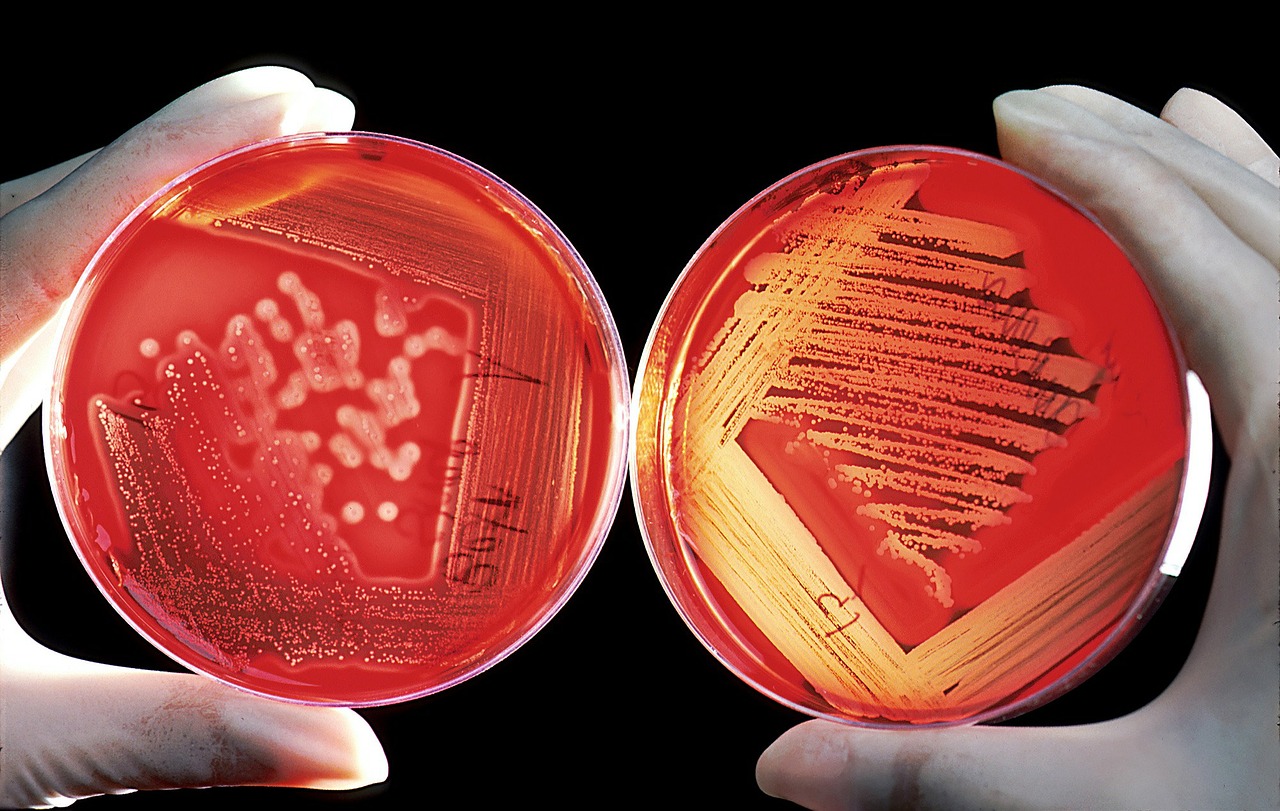MRSA – How to protect against multidrug-resistant pathogens?
MRSA stands for methicillin-resistant Staphylococcus aureus. Staphylococcus aureus is a bacterium that can sit on the skin or in the throat without getting sick. Many healthy adults are permanent or temporary carriers. The support is not synonymous with a disease. Under certain conditions, the bacteria (for example, serious illnesses) can lead to inflammation (infections) in the carrier or in people in their environment.
What are MRSA germs?
MRSA germs are pusers and can also cause bone inflammation. They can also, when transported with the bloodstream to other areas, relocate to heart valves and cause severe inflammation there which is difficult to treat, ultimately only through surgery. Through contact with the antibiotics, the bacteria become resistant instead of being killed. If an antibiotic in the body is too low concentrated or not taken long enough, it kills only the most sensitive bacteria. Less sensitive survive. In this case, the insensitive bacteria will grow and spread, producing an infection with a problematic germ that no longer responds to the antibiotic that was used. Bacteria can also insensitivity via a so-called resistance gene to other bacteria and even to completely different types of bacteria.
Who is at risk?
Those who are healthy are rarely infected with MRSA. Above all, patients are at risk in the intensive care unit and others whose immune system is weakened, ie diabetics, Cancer patients receiving chemotherapy, burn patients and others seriously ill patients who need to be treated with antibiotics.
How can you tackle the germs?
Infections can be treated with numerous antibiotics. However, MRSA germs are resistant to the antibiotic methicillin and usually also to the other commonly used antibiotics. With them, only two or three so-called reserve antibiotics often help. However, they are expensive and have many side effects: the kidneys, liver or hearing can be damaged. The infections are more severe, more protracted and have a higher proportion of deaths than infections with „normal“ germs.
Transmission routes and prevention
From one patient to another you can transfer the dangerous germ by handshake. Actually have several scientific investigations shown that most germs are over the hands of doctors and sisters be transferred from one patient to the next. Therefore, staff should disinfect their hands before and after each patient contact – and not just for MRSA patients. This is also recommended by the Robert Koch Institute, which reports to the Federal Ministry of Health.


